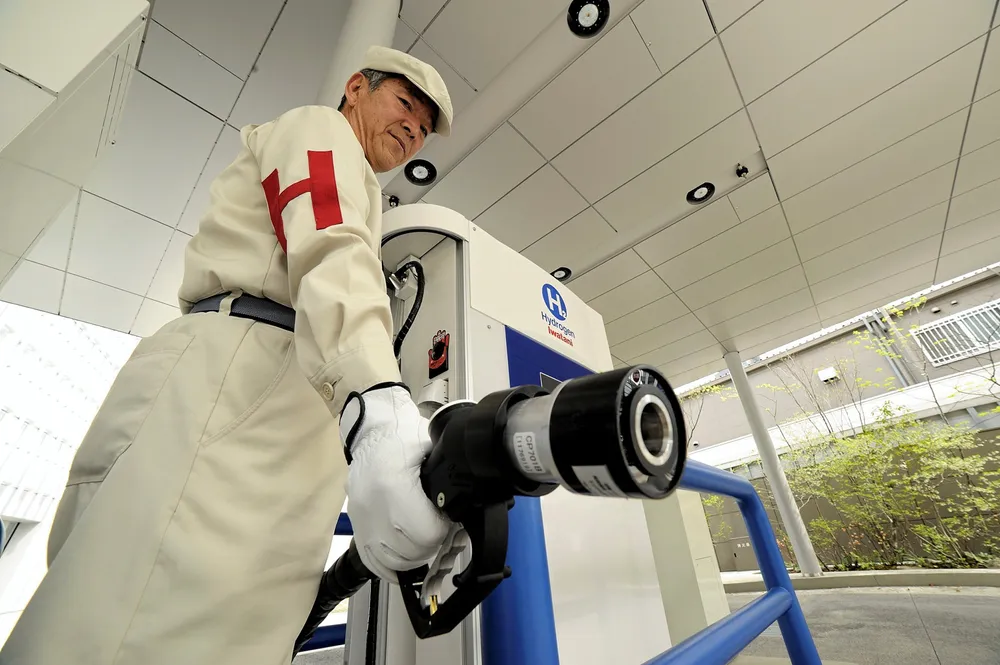'A complete failure' | Japan's 'fantasy' hydrogen strategy does nothing for decarbonisation: study
National H2 policy has left the country lagging behind other nations in clean hydrogen — a situation described as 'appalling' by a new report

National H2 policy has left the country lagging behind other nations in clean hydrogen — a situation described as 'appalling' by a new report
